Sick of analyzing data? Effortlessly turn raw data into results with ProNect TPD app.
Targeted Protein Degradation
Targeted protein degradation (TPD) offers a different approach to modulating protein function—by removing proteins from the cell instead of inhibiting their activity. This strategy takes advantage of the cell’s own ubiquitin–proteasome system (UPS) to degrade proteins that play a role in disease or are otherwise hard to target with conventional inhibitors.
Molecules like PROTACs and molecular glues initiate this process by linking a target protein to an E3 ligase, leading to its ubiquitination and degradation. Studying how these degraders work in cells is essential for advancing TPD-based therapies.
Promega supports this research with integrated tools, services, and software to study modulated protein dynamics within the cellular environment. CRISPR-edited HiBiT knock-in cells provide sensitive quantitation of protein abundance in both live-cell and lytic assay formats. HiBiT-based technologies are complemented by NanoBRET® assays to investigate ternary complex formation, target ubiquitination, and compound binding or permeability, as well as the HaloPROTAC3 degrader to assess the biological impact of targeted protein removal—all designed to help you characterize and optimize effective degrader compounds.
Need help with assay development, compound screening or profiling? Learn more about our targeted protein degradation services.


Explore how NanoBRET®, HiBiT, and ViaScript™ technologies enable live-cell kinetic analysis at every step of the TPD workflow—from ternary complex formation to endpoint degradation.
Key Questions To Consider When Developing Protein Degraders
Promega offers a portfolio of cell-based and biochemical assays for use in development of effective protein degraders. These products are used to answer the following key questions:

Featured Products
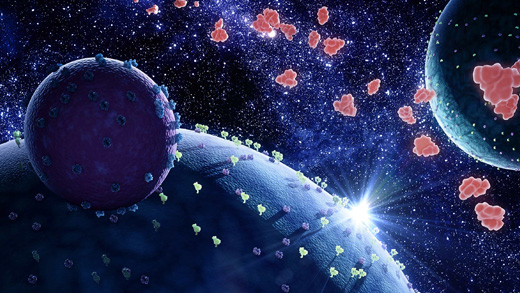
Nano-Glo® HiBiT Lytic Detection System
Quantify HiBiT-tagged proteins with high sensitivity and a broad dynamic range using a simple add-mix-read assay format.

ViaScript™ LgBiT mRNA Delivery System
Achieve efficient and uniform expression of intracellular LgBiT for live-cell analysis of HiBiT-tagged proteins.
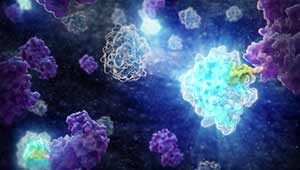
Targeted Protein Degradation Services
Obtain the data you need on end-point or kinetic target degradation, neosubstrate panel profiling, ternary complex formation, ubiquitination or permeability/affinity assessment.
Featured Resources
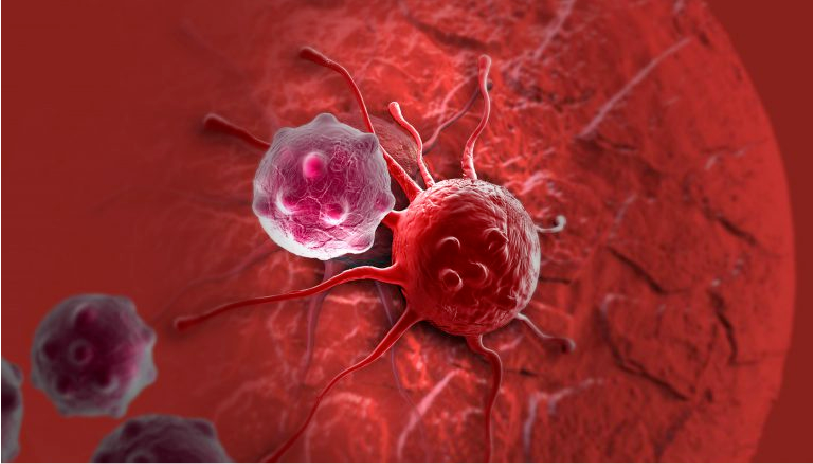
Article: Selective Degrader Against Cancer Cell Lines
Read this press release about a recent collaboration to develop a selective CK1α degrader with antiproliferative effects.
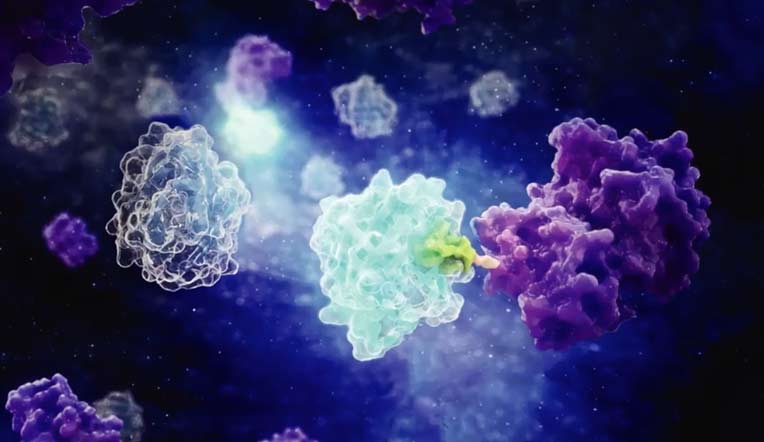
Slide Deck: Enabling Discovery of Targeted Protein Degraders
View this slide deck presented by Promega Scientist Dr. Kristin Riching at the 2024 TPD European Summit.
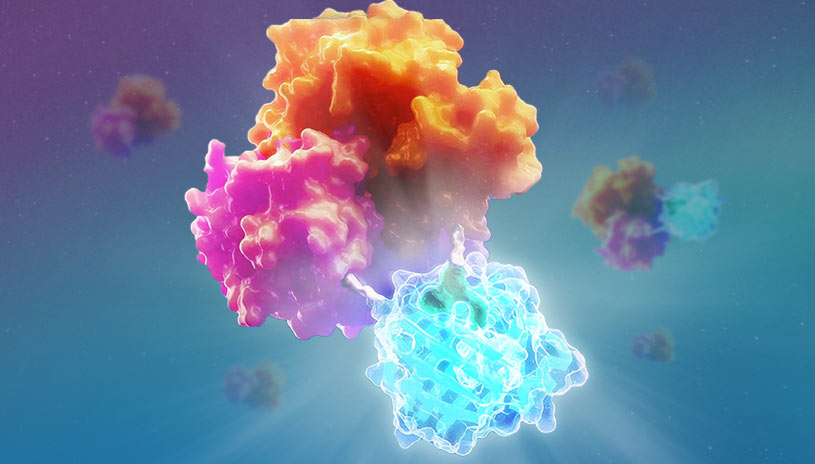
App Note: Monitoring Ternary Complex Formation
Learn about a simple bioluminescent method for high throughput screening of PROTACs.
Need help with Assay Development, Screening or Profiling?
Learn more about our targeted protein degradation services.